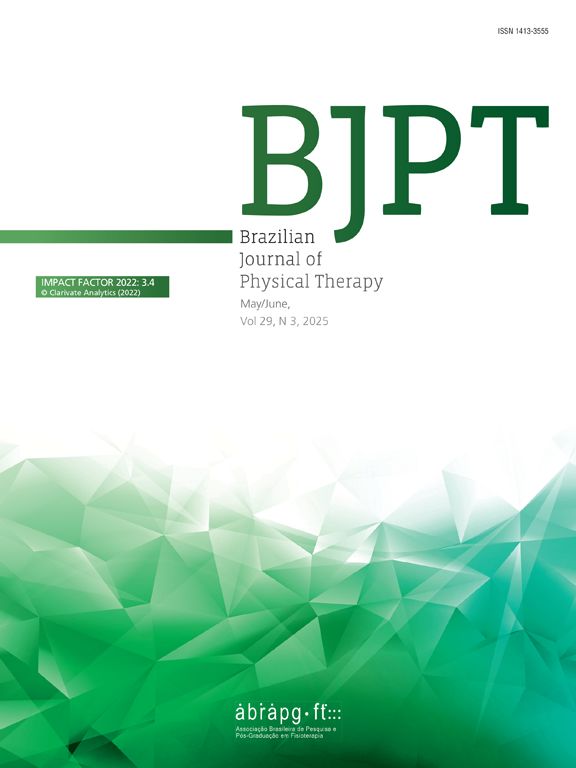The severe acute respiratory syndrome coronavirus 2 (SARS-CoV-2) infection, also known as Coronavirus Disease 2019 (COVID-19) will severely impact older people's lives. COVID-19 can lead to pneumonia, acute respiratory distress syndrome, and other health problems that can lead to poor prognoses, including death, especially in older people.1,2 Environmental contamination has been identified as a route of transmission of COVID-19,3 and for this reason, governments worldwide have been initiating quarantine measures that include keeping older people in “social isolation” to slow the transmission of the infection. These measures have a special focus of protecting older people.
Is social isolation the best measure to protect older people's lives?There is emerging evidence that suggests that social isolation might be an important measure to protect against COVID-19 infections.4 However, this may be a “two edge sword”. As we have known well before the pandemic, there are negative consequences of social isolation for older people.
Physical activityBoth incidental and planned physical activity are likely to decrease in all people with social distancing, but the consequences will be greater for older people due to their compromised cardiorespiratory fitness, and reduced muscle strength and muscle mass.5
Mental healthA recent study by Esain et al.6 showed that 3 months of detraining (i.e. no physical exercise) led to a decline in not just physical functioning, but also in mental health and quality of life (QoL) in physically active older people. Such adverse consequences may be even greater in older individuals who are sedentary or in poor health.
Lack of social connection and neighborhood engagement may also contribute to increased risk of mental disorders due to loneliness, especially in those who live alone.7 Social isolation has such negative impact, that it remains a strong risk factor for increased mortality in older people after adjusting for demographic and health factors.8
Being at home is not good medicineStaying at home can lead to additional health problems. For example, a lack of exposure to sunshine can lead to Vitamin D deficiency in older people.9 Consequently, the immune system can be compromised and infections can occur at a higher frequency, in addition to an increased risk of falling.9 Confined home environments can also lead individuals with balance and mobility impairments, such as those with Parkinson's disease and dementia, to experience falls.10 Finally, poor access to physical exercises, when combined with illnesses, fear of falling, and poor motivation can lead to an entrenched sedentary lifestyle,11 and in subsequent declines in both physical and mental health.5 Therefore, while still unknown, the effects of social isolation during the COVID-19 pandemic lockdown on older people may be substantial.
Falls – this is why we are so concerned!Lack of Vitamin D, depression, illness and associated polypharmacy, cognitive decline, loneliness, decline in physical activity levels, and increased body mass,5,7,9,12,13 all negative consequences of social isolation, can increase the risk of falls in older people. A fall at home can lead to serious injuries such as fractures and head trauma, as well as undermine balance confidence and induce excessive fear of falling. For older people who live alone, there is also the risk of a fall-related long lie, i.e. remaining on the floor for 24h or more following the fall. As could be expected, such a fall-related consequence is a risk factor for significant morbidity and death.
Further work to be doneExtensive public health research will be required to determine the extent to which social isolation during the current extensive quarantine periods will adversely affect older people as well as what factors mitigate against such adverse effects. Important questions include: (i) how can we provide physical activity during social isolation? (ii) how can we enhance individuals’ quality of life after social isolation is over? and (iii) how can we prepare ourselves in case a new wave of COVID-19 or another pandemic occurs?
However, a number of evidence-based initiatives can be implemented without delay. Physicians and allied-health professionals can use telemedicine to provide consultations, assessments, and interventions.14 As long as the clients have (i) a mobile device or a tablet; (ii) high-speed internet; (iii) a home area clear of obstacles to exercise; (iv) and an assistant or an auxiliary device to help with balance; appropriate exercise interventions and physical assessments can be delivered. There is good evidence that home-based exercise programs can be conducted safely and can enhance quality of life and reduce the risk of falls in older people.15 Finally, occupational therapy interventions involving removal of environmental hazards along with counseling regarding safe mobility in the home may also help prevent falls in at-risk individuals.
AcknowledgementsPaulo Pelicioni was a recipient of a Coordenação de Aperfeiçoamento de Pessoal do Nivel Superior (CAPES) PhD scholarship [Grant number: BEX 2194/15-5]. Stephen Lord is supported by a NHMRC Research Fellowship.
Conflicts of interestThe authors declare no conflicts of interest.






